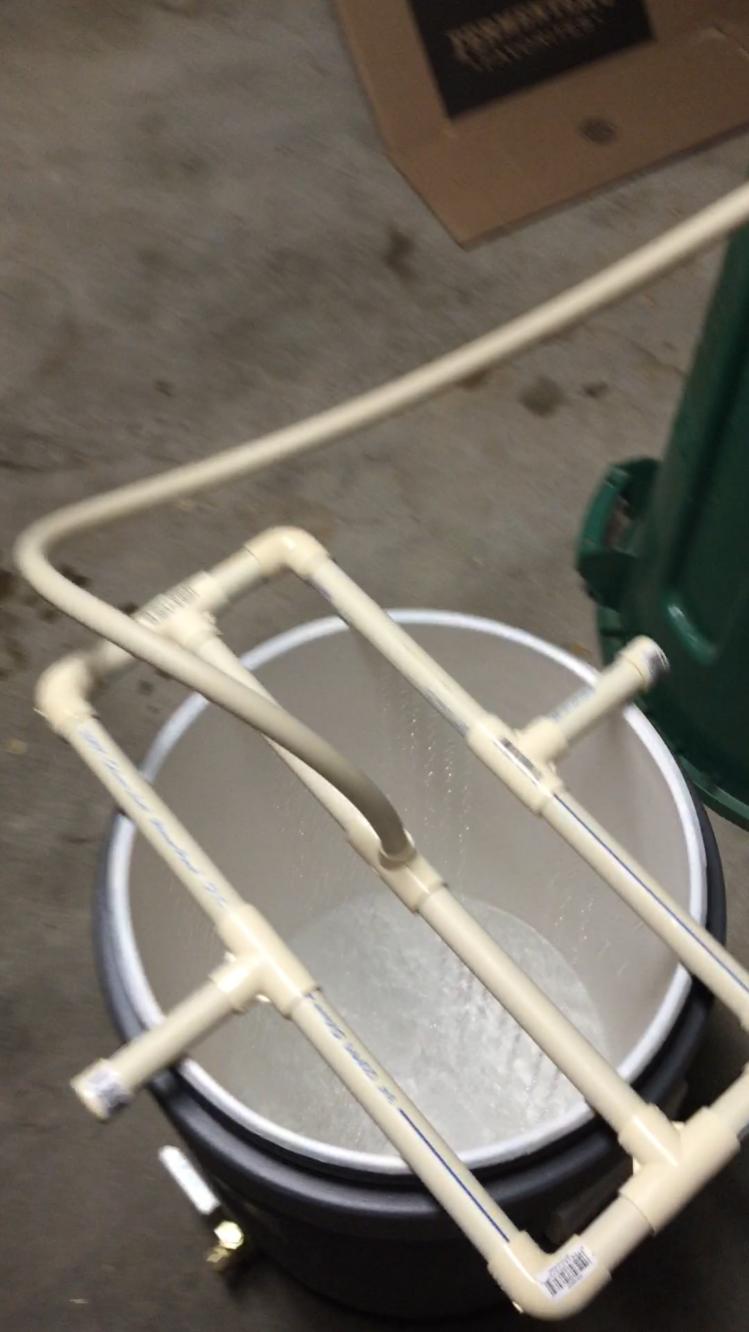I am a new AG brewer and am planning to brew my first batch this weekend. I have decided to go with fly sparging and have built a sparge arm out of CPVC pipe that sits on top of my 10 gallon cooler mash tun. I am wondering if I should be concerned with the water temperature that is lost between the flow from the MLT and the hi-temp tubing to the actual mash grain bed?
The sparge arm sits on top of the cooler, so the water droplets aren't very close to the grain bed. Is this something I should be concerned about or will it not make a huge difference?
I appreciate any advice, I'm just nervous for my first AG batch.

The sparge arm sits on top of the cooler, so the water droplets aren't very close to the grain bed. Is this something I should be concerned about or will it not make a huge difference?
I appreciate any advice, I'm just nervous for my first AG batch.



